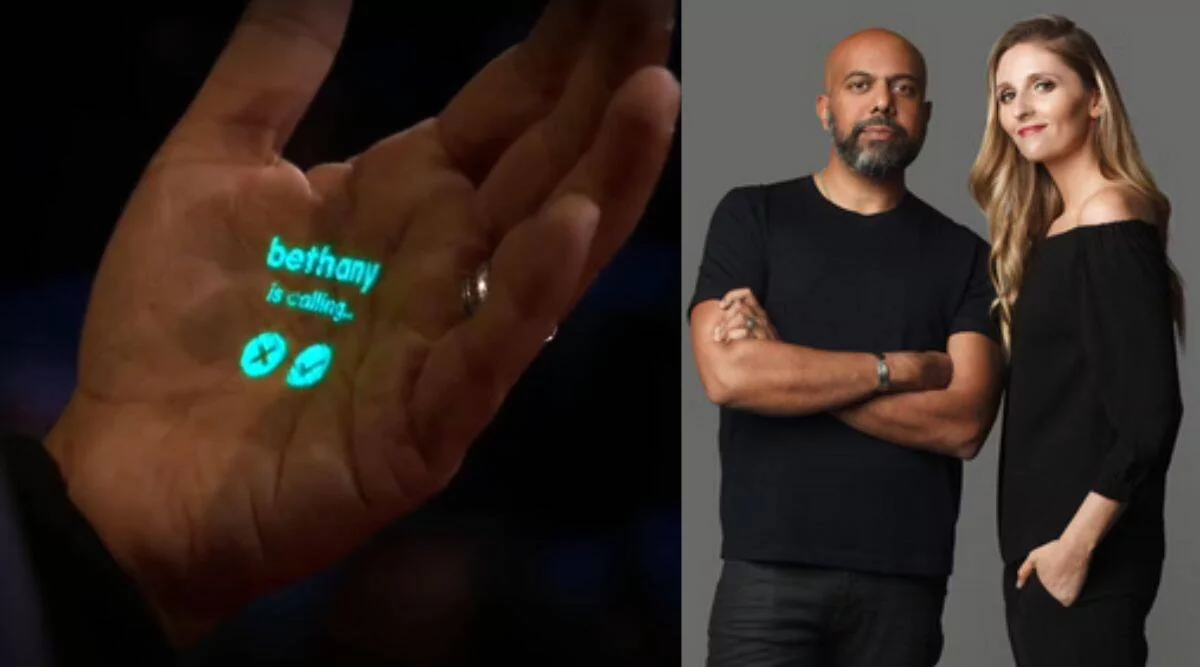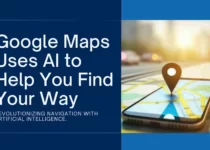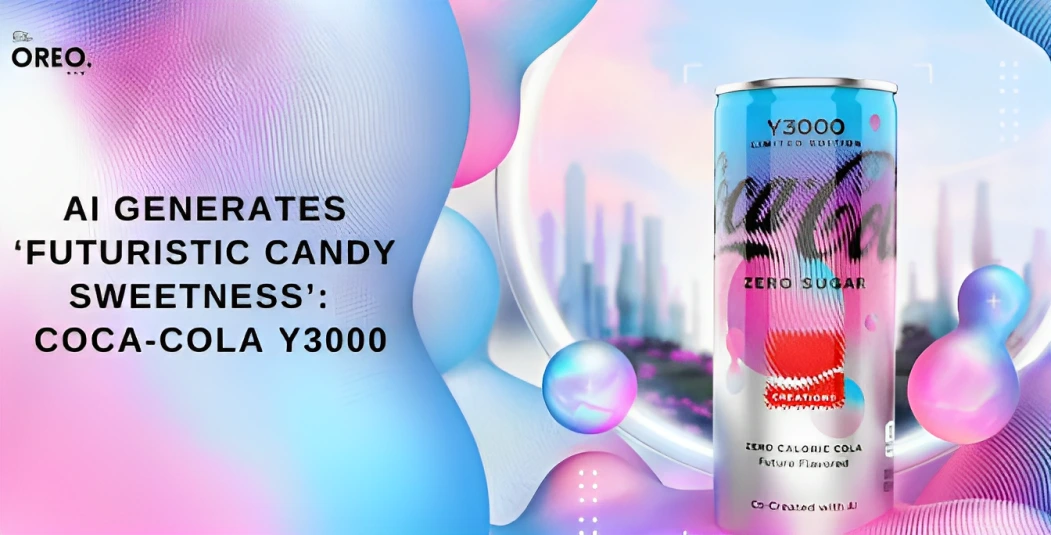Google’s AI Chatbot Bard Available In 180 Countries: Here’s What You Need to Know
Google’s highly-anticipated AI chatbot, Bard, was officially released to the public on May 10th during the developers’ conference for 180 countries. Along with its worldwide launch, Google also unveiled a variety of upgrades to ensure that Bard remains ahead of the competition.
The best part? Bard is completely free to use! You can access this internet-integrated AI chatbot by visiting this link: https://bard.google.com/
It supports 3 languages at this time, US English, Korean and Japanese, one being the universal language and the other two being the hardest languages in the world. Announcements have been made that it will be available in 40 languages soon.
During its testing phase in the past couple of months it has gained a huge success and even though it’s in developing mode, its features are quite amazing. From coding to image modifications to enabling direct export of text, Bard has learned over 20 programming languages including C++, GO, Python, Java, Kotlin & even Google Sheets functions.
Bard can now collaborate on tasks like code generation, code debugging and explaining code snippets. With PaLM-2 Bard’s math, logic and reasoning skills made a huge leap forward underpinning its availability to help developers with programming.
Let us see what all exciting features are added to Bard before making it publicly available.
9 Exciting Features Of Bard
The fact that Bard has access to the internet real-time, unlike ChatGPT, and can provide us up-to-date results to our queries, there are lots of new features that makes Bard super cool. Like, instead of 1, Bard is designed to create 3 drafts of results at a time so we have 3 options to choose from, instead of regenerating responses we can just pick the one we like. For the people who are fascinated with Dark Themes, Google has added a Dark theme to Bard.
Let’s take a look at all these latest features.
- Emails and Drafts can be directly exported to docs & Emails
People often use bard to draft emails and write documents, so Google has added two export options for the same. Now we can easily export the content directly to composed mail or docs, wherever it is needed.
- Bard + Tools
Tools are coming to Bard. While interacting with Bard, we’ll be able to tap into services from Google and extensions with partners. Also, Google has recently announced that Bard will now feature an exciting array of plugins, including Walmart, Spotify, Uber Eats, Adobe Firefly, and several other Google Apps. This move is set to enhance the user experience, making it easier for users to access their favorite apps and services directly through Bard.
- Google Lens and Bard
Google has integrated Google Lens features directly into Bard. Thanks to Google Lens technology, Bard can analyze the photo and quickly generate a variety of creative captions for users to choose from – all within a matter of seconds!
- Enriching Responses and Visuals
One of the most significant improvements to Bard is the inclusion of more detailed replies and images. With this upgrade, users can now view photos from Google Image Search directly in Bard’s responses, adding a whole new level of visual appeal to the chatbot.
- Adobe FireFly with Bard
Google Bard has now integrated with Adobe Firefly, Adobe’s family of creative generative AI models. Using the power of Adobe Firefly, Bard can quickly generate images that you can further edit and incorporate into your designs. With this new integration, Google is continuing to push the boundaries of what AI technology can do for the creative community.
- Codes With Bard : For Developers
One area where Bard excels over ChatGPT is its support for over 20 programming languages. These languages include C++, Python, Java, TypeScript, JavaScript, and more. Google has announced that Bard will be able to assist professionals with code generation, explanation, and debugging, providing a valuable tool for developers and programmers.
- Google Maps
Google has also integrated Google Maps into Google Bard, providing users with an even more comprehensive experience. Now, users can view a map directly inside the Google Bard answer box, providing them with valuable information and context.
- Dark Mode
Google has added a Dark theme option to Google Bard, providing users with greater control over the appearance of the chatbot. With the Dark theme, users can easily switch between a light background with dark text and a dark background with light text, depending on their personal preferences.
- Google Search and knowledge graph
The integration of Google Search and knowledge graph data can make Google Bard more visual and useful for users. With access to this vast database of information, Google Bard can now provide helpful responses along with rich visuals, providing users with a more comprehensive understanding of the topic at hand.
How to Start Using Bard?
To start using Google Bard, you can visit the official website at https://bard.google.com. From there, you can click on the ‘Try me’ option in the bottom right corner of the page to initiate Bard’s chat function.
Before you can start using Bard, you’ll need to agree to Google’s privacy policy by clicking on the ‘I agree’ button at the bottom of the web page. Once you’ve agreed to the policy, you’ll be able to use Bard for free without having to go through a waitlist.
Using Google Bard is simple and direct and anyone can do it from their web browser. So if you’re interested in exploring the capabilities of this innovative AI-powered chatbot, head over to the website and give it a try!
What’s More!
Google has brought OpenAI GPT-4’s competitor Gemini. It was announced in Google’s annual developer conference that it has some major developments with Gemini. They are also introducing new capabilities of AI to Androids and are planning on integrating AI in Google Search Results to compete with Microsoft’s Bing!




This one is really nice.